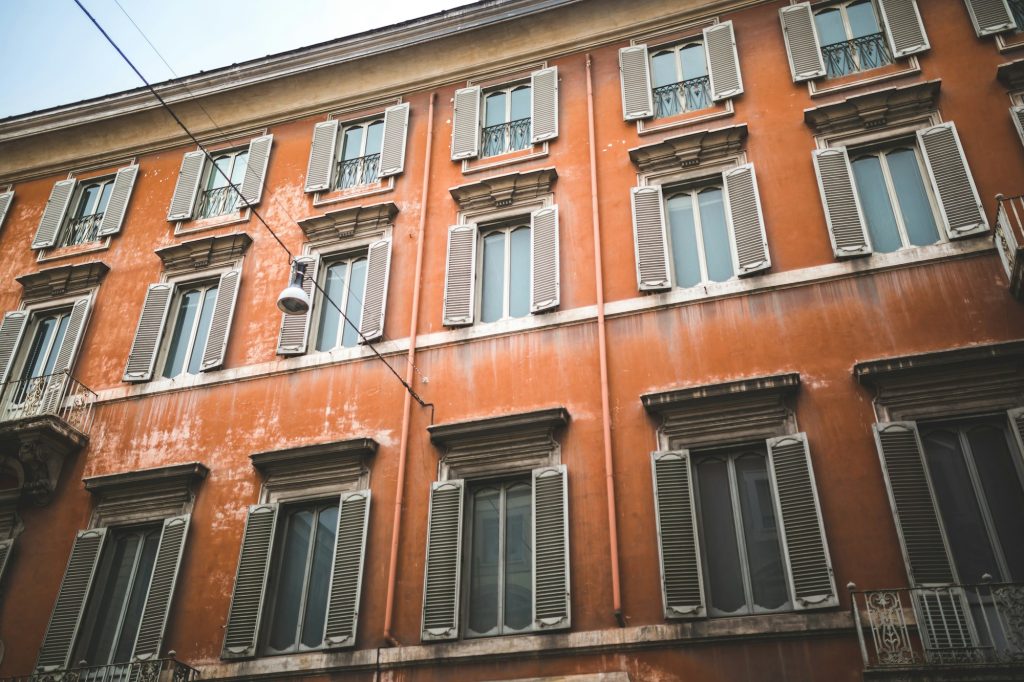Revitalizing Heritage: The Role of Historic Property Conversion in Toronto’s Real Estate Market

In the heart of Toronto, a quiet revolution is reshaping the city’s real estate landscape. The conversion of historic properties into modern living and commercial spaces is not just a trend; it’s a testament to the city’s dedication to preserving its rich architectural heritage while catering to contemporary needs. This fusion of old and new has become a cornerstone of Toronto’s real estate market, offering unique opportunities for investors, developers, and residents alike.
Historic property conversion involves repurposing buildings of historical significance into spaces that meet today’s standards of living and business. In Toronto, this practice has breathed new life into countless structures, from century-old warehouses to iconic landmarks, blending their original character with modern amenities. These conversions are more than just real estate projects; they are a bridge between Toronto’s past and its future.
The benefits of converting historic properties are manifold. For the community, it means preserving a tangible piece of the city’s history and cultural identity. Architectural landmarks tell stories of the past, and their preservation ensures these stories endure. For developers and investors, these conversions often represent a unique niche in the market. Properties that combine historical significance with contemporary design tend to attract premium pricing, not just for their aesthetic appeal but also for their rarity and historical value.
Moreover, these projects contribute to the sustainability of urban development. By repurposing existing structures, developers reduce the need for new construction materials and minimize the environmental impact associated with building from scratch. Historic conversions also encourage the revitalization of neighborhoods, turning once-neglected areas into bustling hubs of activity and growth.
One notable example of historic property conversion in Toronto is the transformation of the Distillery District. Once home to Canada’s largest distillery, this area has been reimagined into a vibrant mixed-use neighborhood that celebrates its industrial past while offering modern residential, retail, and cultural spaces. The Distillery District exemplifies how historic conversions can foster community engagement, economic development, and architectural innovation.
However, the process of converting historic properties is not without its challenges. These projects often involve navigating complex regulatory landscapes, including heritage preservation laws and building codes. Developers must balance the need to maintain the integrity of the original structure with the demands for modern functionality and safety standards. This balancing act requires creativity, patience, and a deep respect for the historical significance of the properties involved.
As Toronto continues to grow, the role of historic property conversion in its real estate market is increasingly vital. These projects offer a unique proposition: the chance to live or work in a space that is steeped in history yet equipped for the future. They reflect a broader commitment to sustainable urban development, where the past and present merge to create spaces that are both meaningful and functional.
In conclusion, the revitalization of heritage through historic property conversion is more than a trend in Toronto’s real estate market; it’s a movement. It represents a deep appreciation for the city’s architectural legacy and a forward-thinking approach to urban development. As Toronto looks to the future, these conversions stand as a reminder of the importance of preserving our past, not just in memory but as a living, breathing part of the cityscape.




